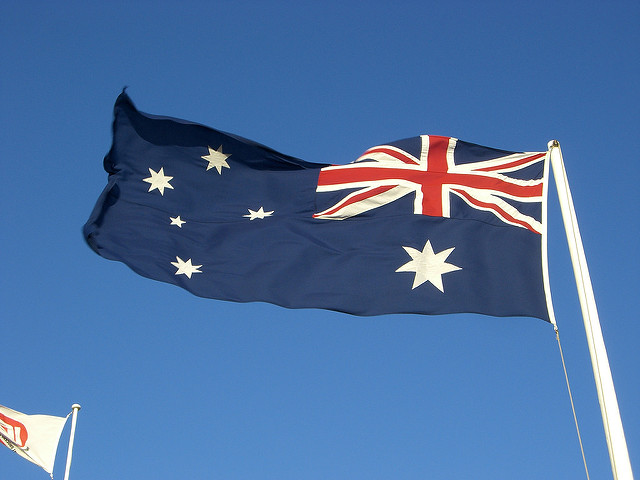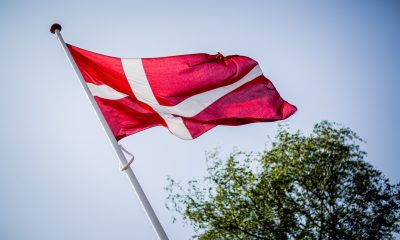News
Australia’s refugees refuse to leave Papua New Guinea camp

FILE: Australia pays Papua New Guinea, its nearest neighbour, and the tiny Pacific island nation of Nauru to house asylum seekers who attempt to reach the Australian coast by boat. (Photo: Jessica Spengler/ Flickr)
CANBERRA, Australia — More than 600 asylum seekers are refusing to leave an immigration camp on Papua New Guinea that Australia wants to close next week, Australian officials said on Monday.
Australia pays Papua New Guinea, its nearest neighbour, and the tiny Pacific island nation of Nauru to house asylum seekers who attempt to reach the Australian coast by boat. The United States has resettled 54 of them in recent weeks and is considering taking almost 1,200 more.
The Papua New Guinea Supreme Court ruled in April last year that the male-only camp at the Manus Island naval base was unconstitutional and ordered it be closed.
Papua New Guinea responded by opening the camp gates so that asylum seekers would no longer be locked up and the Australian and Papua New Guinea governments agreed in April that the camp would be closed by Oct. 31.
Australian Department of Immigration and Border Protection deputy commissioner Mandy Newton told a Senate committee that 606 men refused to leave the Manus camp and move to accommodation in the township of Lorengau, about half an hour’s drive away.
Department secretary Mike Pezzullo said they would be trespassing on the naval base on Nov. 1 if they did not leave. Food, water, electricity and other services would be cut off at the end of October, Newton said.
Pezzullo rejected a suggestion by Sen. Nick McKim, of the minor Greens party, that the men were too scared to leave Manus because refugees were assaulted in Lorengau by locals and attacked with machetes.
“Their concern, frankly, is that by moving from the (Manus) Regional Processing Center … that somehow they’re a step further away from ever coming to Australia,” Pezzullo said.
“It’s the policy of this government, indeed it’s the law of this country that those people will never come to Australia,” he added.
Refugee advocate Ian Rintoul, spokesman for Australia’s Refugee Action Coalition, said refugees were being attacked and robbed daily outside the Manus fences and the men were concerned that the accommodation available at Lorengau was still under construction and was less secure.
“It’s completely unacceptable that after more than four years the Australian government still refuses to solve the problem by taking the refugees to a safe place and instead is trying to send them to another hell,” Rintoul said.
Nine people were injured in April when navy personnel fired into the Manus camp during a clash between locals and asylum seekers.
A refugee, who gave his name only as Behr, wrote in July that “there is no safety and security for us in the town.”
“We have been beaten up, robbed, humiliated and insulted by locals almost every single day,” Behr wrote.
The first intake of refugees settled in the United States under a President Barack Obama-era deal included 25 from Papua New Guinea and 29 from Nauru. President Donald Trump described the deal as “dumb” but agreed to honour it.
Those in Papua New Guinea who are not accepted by the United States can go to Nauru or if they are bona fide refugees, settle in Papua New Guinea or Cambodia. Australia also pays refugees and those whose protection claims are rejected US$25,000 each to return to their home country, Newton said. Papua New Guinea has forcibly sent home six asylum seekers, she said.
Australia will not settle any refugees who try to arrive by boat — a policy that the government says dissuades asylum seekers from attempting the dangerous ocean crossing from Indonesia. Australia has also prevented boats from reaching Australia since July 2014 by using the Australian navy to turn boats back.























